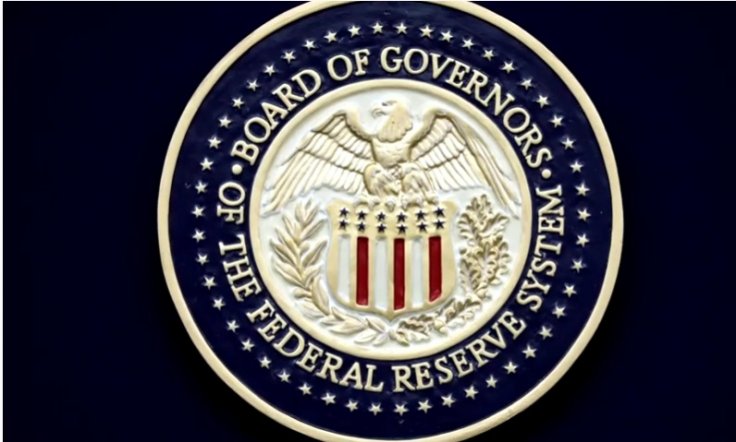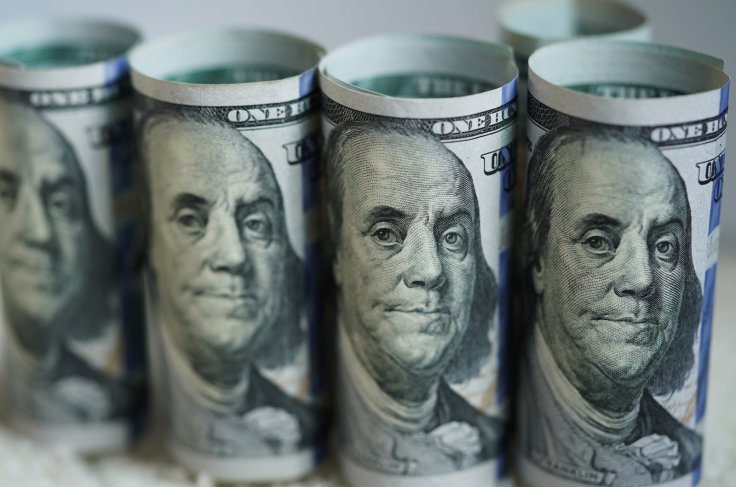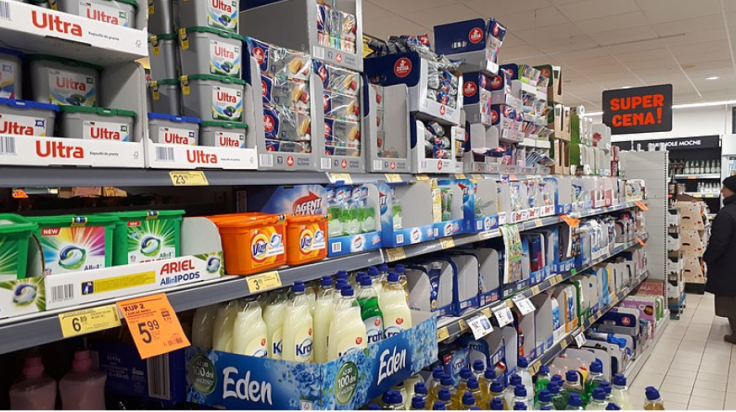The Federal Reserve may need to raise interest rates further to cool still-too-high inflation, Fed Chair Jerome Powell said on Friday, promising to move with care at upcoming meetings as he noted both progress made on easing price pressures as well as risks from the surprising strength of the U.S. economy.
While not as hawkish a message as he delivered this time a year ago at the annual Jackson Hole Economic Policy Symposium, Powell's remarks still delivered a punch, with investors now seeing one more rate hike by year-end more likely than not.
"We will proceed carefully as we decide whether to tighten further or, instead, to hold the policy rate constant and await further data," Powell said in a keynote address. "It is the Fed's job to bring inflation down to our 2% goal, and we will do so."
The Fed has raised rates by 5.25 percentage points since March 2022, and inflation by the Fed's preferred gauge has moved down to 3.3% from its peak of 7% last summer. Although the decline was a "welcome development," Powell said, inflation "remains too high."

"We are prepared to raise rates further if appropriate, and intend to hold policy at a restrictive level until we are confident that inflation is moving sustainably down toward our objective," he said.
But with "signs that the economy may not be cooling as expected," including "especially robust" consumer spending and a "possibly rebounding" housing sector, Powell said that above-trend growth "could put further progress on inflation at risk and could warrant further tightening of monetary policy."
His remarks showed the Fed wrestling with conflicting signals from an economy where inflation has by some readings slowed a lot without much cost to the economy - a good outcome, but one that has raised the possibility that Fed policy is not restrictive enough to complete the job.

Unlike in last year's speech at the closely watched conference hosted by the Federal Reserve Bank of Kansas City - a terse warning of more tightening to come - Powell did not flag coming "pain" to households from further policy tightening.
But neither did he signal that rate cuts were anywhere close, or nod as some policymakers have done to the need to adjust rates downward once inflation cools more sustainably.

'FINGER ON THE TRIGGER'
At day's end, futures contracts tied to the Fed policy rate were pricing in just less than a 20% chance of a rate hike in September, but a better-than-50% chance of the policy rate ending the year in a 5.5%-5.75% range, a quarter-point higher than the current range. Fed policymakers will also meet in November and December.
The yield on the two-year Treasury note ended the day at 5.08%, its highest close since June 2007.
"My main takeaway is that when it comes to another rate hike, the chair still very much has his finger on the trigger, even if it's a bit less itchy than it was last year," said Inflation Insights' Omair Sharif.
It is difficult, Powell said, to know with precision how high above the "neutral" rate of interest the current benchmark rate stands, and therefore hard to assess just how much restraint the Fed is imposing on growth and inflation.
Powell repeated what has become a standard Fed diagnosis of inflation progress - with a pandemic-era jump in goods inflation easing and a decline in housing inflation "in the pipeline," but concern that continued consumer spending on a broad array of services and a tight labor market may make a return to 2% difficult.

Recent declines in measures of underlying inflation, stripped of food and energy prices, "were welcome, but two months of good data are only the beginning of what it will take to build confidence that inflation is moving down sustainably," Powell said.
"Given the size" of the broader services sector, excluding housing, "some further progress will be essential," the Fed chief said, and it will likely require an economic slowdown to deliver it.
"Restrictive monetary policy will likely play an increasingly important role. Getting inflation sustainably back down to 2% is expected to require a period of below-trend economic growth as well as some softening in labor market conditions," Powell said.
While Powell's tone was not as stern as last year, when in a very abrupt set of remarks he disabused market notions that the Fed was then nearing the end of its rate-hike cycle and would cut rates through this year. Still, it was clear he did not want to set aside any options.
"Powell continues to walk a tightrope," said Michael Arone, chief investment strategist at State Street Global Advisors. "This year I think he is demonstrating that he is pleased with how far monetary policy has come and how inflation has been reduced. But he is still holding on tightly to this notion that they are watching it carefully and they still have work to do."
In interviews on the sidelines of the conference, other Fed policymakers expressed a range of views. "We probably have some work to do," Cleveland Fed President Loretta Mester said.
Chicago Fed President Austan Goolsbee felt the focus may turn to figuring out how long to keep rates high, rather than on how much higher they should go.
Powell ended his speech on Friday with nearly the same line he finished with last year at Jackson Hole: "We will keep at it until the job is done."








